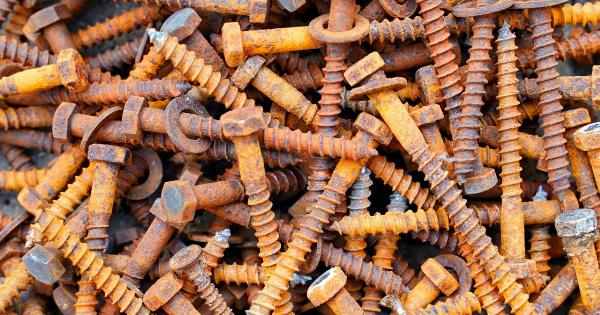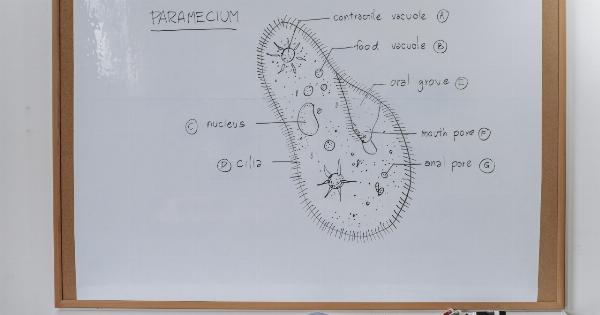Many individuals suffering from joint pain can attest to a phenomenon they experience during bad weather – an increase in discomfort.
Although it may seem like a mere coincidence, there is evidence to suggest that changes in weather conditions can indeed worsen joint pain. This article explores the relationship between bad weather and joint pain, delving into the science behind it and providing useful tips to manage this ailment during inclement weather.
Understanding the Link between Bad Weather and Joint Pain
Scientific studies have revealed a correlation between joint pain and changes in weather, particularly shifts in temperature, humidity, barometric pressure, and precipitation.
While the exact mechanisms remain unclear, some theories can help explain why individuals with joint pain often report increased discomfort in bad weather.
Temperature Changes and Joint Pain
Decreasing temperatures can affect joint pain levels in several ways. Cold weather causes blood vessels to constrict, reducing blood flow in the joints and potentially leading to increased pain and stiffness.
The low temperatures may also cause muscles and ligaments to tighten, exacerbating joint discomfort.
Humidity and Joint Pain
Humidity levels can also impact joint pain, especially for individuals with conditions such as arthritis. Higher humidity makes the air damp, leading to increased swelling and expansion of tissues around the joints.
This expansion can put pressure on nerve endings, contributing to heightened pain and discomfort.
Barometric Pressure and Joint Pain
Barometric pressure, or the weight of the atmosphere, can fluctuate before and during bad weather conditions. These pressure changes can affect joint pain, as the body’s tissues may expand or contract in response to these alterations.
This expansion or contraction can potentially irritate the nerves, causing pain.
Precipitation and Joint Pain
While the relationship between precipitation and joint pain is not well-defined, many individuals with joint issues report increased discomfort during rainy or snowy weather.
Some theories suggest that changes in barometric pressure associated with precipitation could be the key factor contributing to this heightened pain.
Managing Joint Pain during Bad Weather
While you may not be able to control the weather, there are strategies you can employ to alleviate joint pain during bad weather conditions. Here are some helpful tips to manage your discomfort:.
1. Stay Warm
Bundle up appropriately to keep your joints warm during cold weather. Layer clothing, wear thermal socks and gloves, and utilize heating pads or blankets to provide extra warmth and comfort.
2. Maintain Physical Activity
Engage in gentle exercises and stretches to keep your joints mobile. Low-impact activities like swimming, tai chi, and yoga can help improve joint flexibility and reduce pain.
3. Use Heat Therapy
Apply heat to your joints using hot water bottles, heating pads, or warm towels. The heat helps increase blood flow, relax muscles, and alleviate joint stiffness.
4. Consider Natural Supplements
Consult with a healthcare professional about potential natural supplements that may help manage joint pain, such as turmeric, ginger, omega-3 fatty acids, or glucosamine.
5. Maintain a Healthy Weight
Excess weight places additional stress on joints, leading to increased pain. By maintaining a healthy weight through balanced nutrition and regular exercise, you can reduce strain on your joints.
6. Avoid Overexertion
While physical activity is important, it’s equally crucial not to overdo it. Listen to your body and pace yourself to prevent further joint damage or increased pain.
7. Use Assistive Devices
If needed, consider utilizing assistive devices such as canes, walkers, or ergonomic tools to reduce stress on your joints and make daily activities easier.
8. Stay Hydrated
Proper hydration is essential for joint health. Drinking enough water helps maintain the elasticity and cushioning of joints, reducing discomfort.
9. Try Physical Therapy
Consult a physical therapist who can guide you through exercises and techniques targeted specifically at managing joint pain. Physical therapy can be highly effective in improving joint function and reducing pain.
10. Consult a Healthcare Professional
If your joint pain persists or worsens during bad weather, it is crucial to consult a healthcare professional. They can diagnose your condition accurately and recommend appropriate treatment options, including prescription medications or interventions.
Conclusion
While the relationship between joint pain and bad weather is not fully understood, the experiences of countless individuals highlight a genuine connection.
Understanding the impact of temperature changes, humidity, barometric pressure, and precipitation can provide insights into managing joint pain during inclement weather. By implementing the aforementioned strategies, individuals can alleviate discomfort and maintain a better quality of life, regardless of the weather conditions.






























